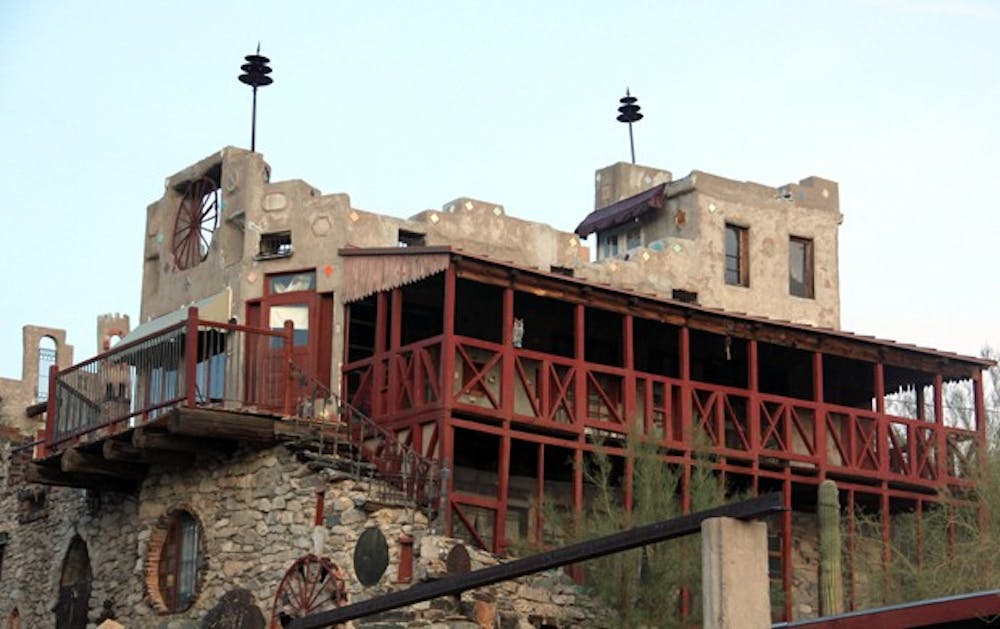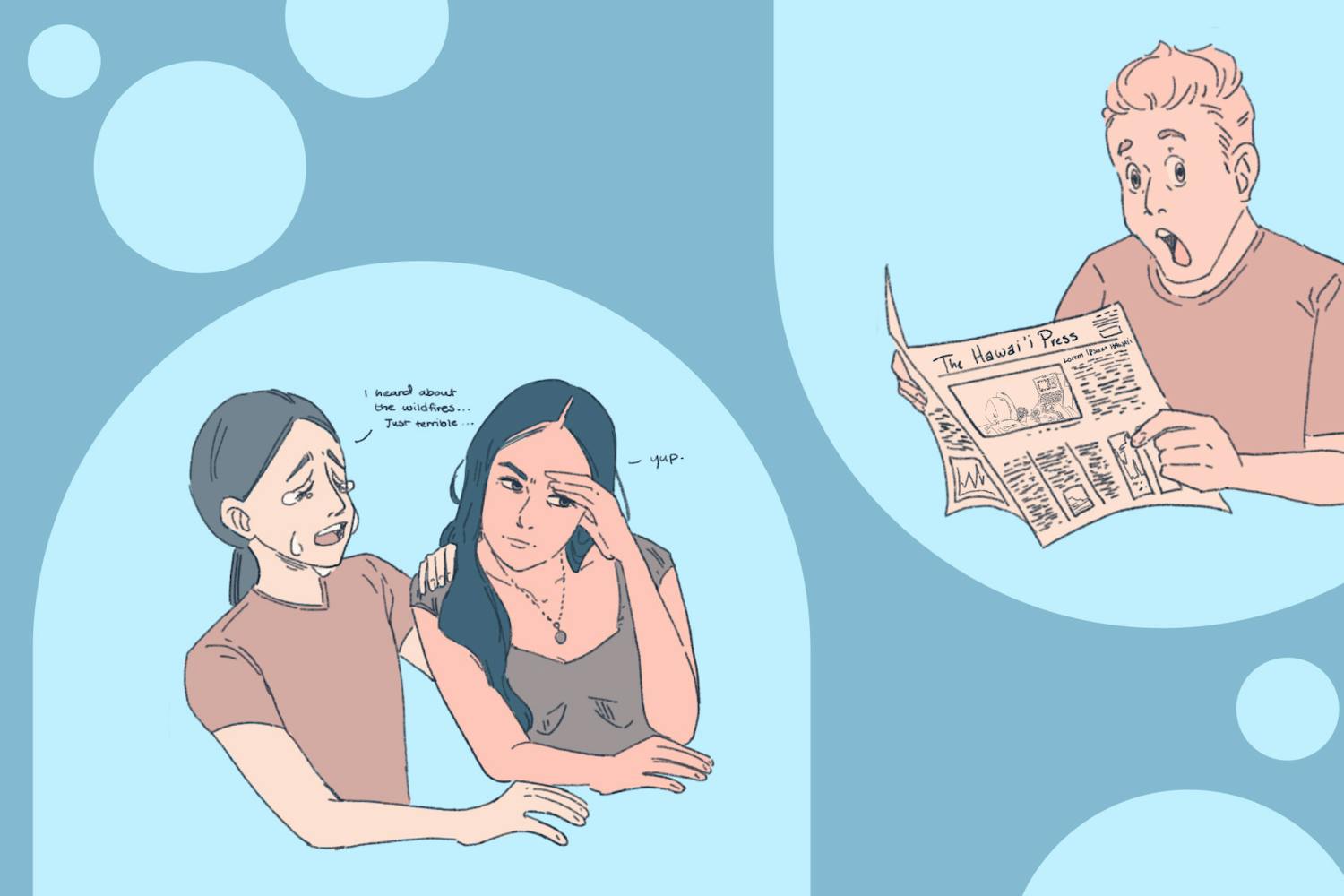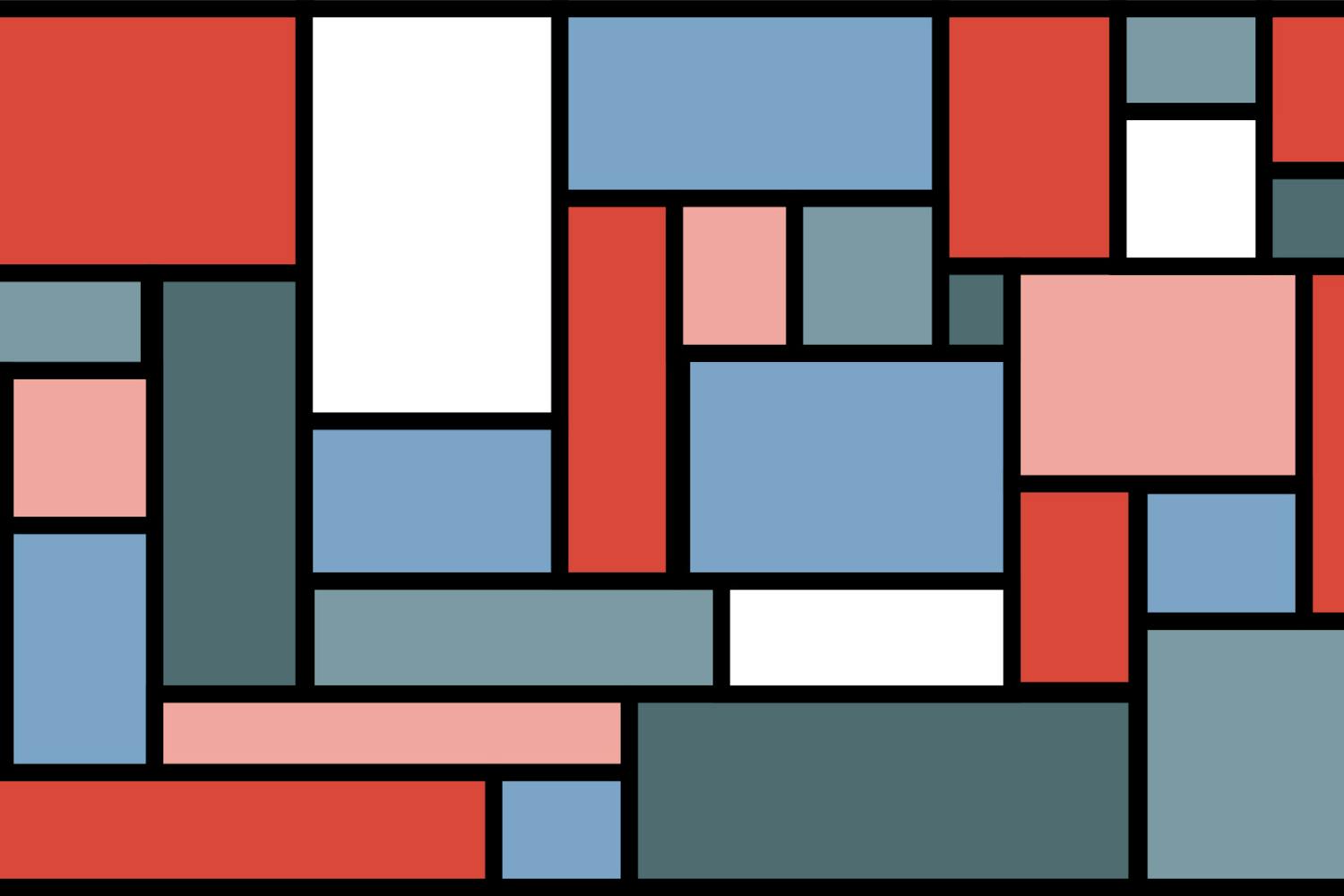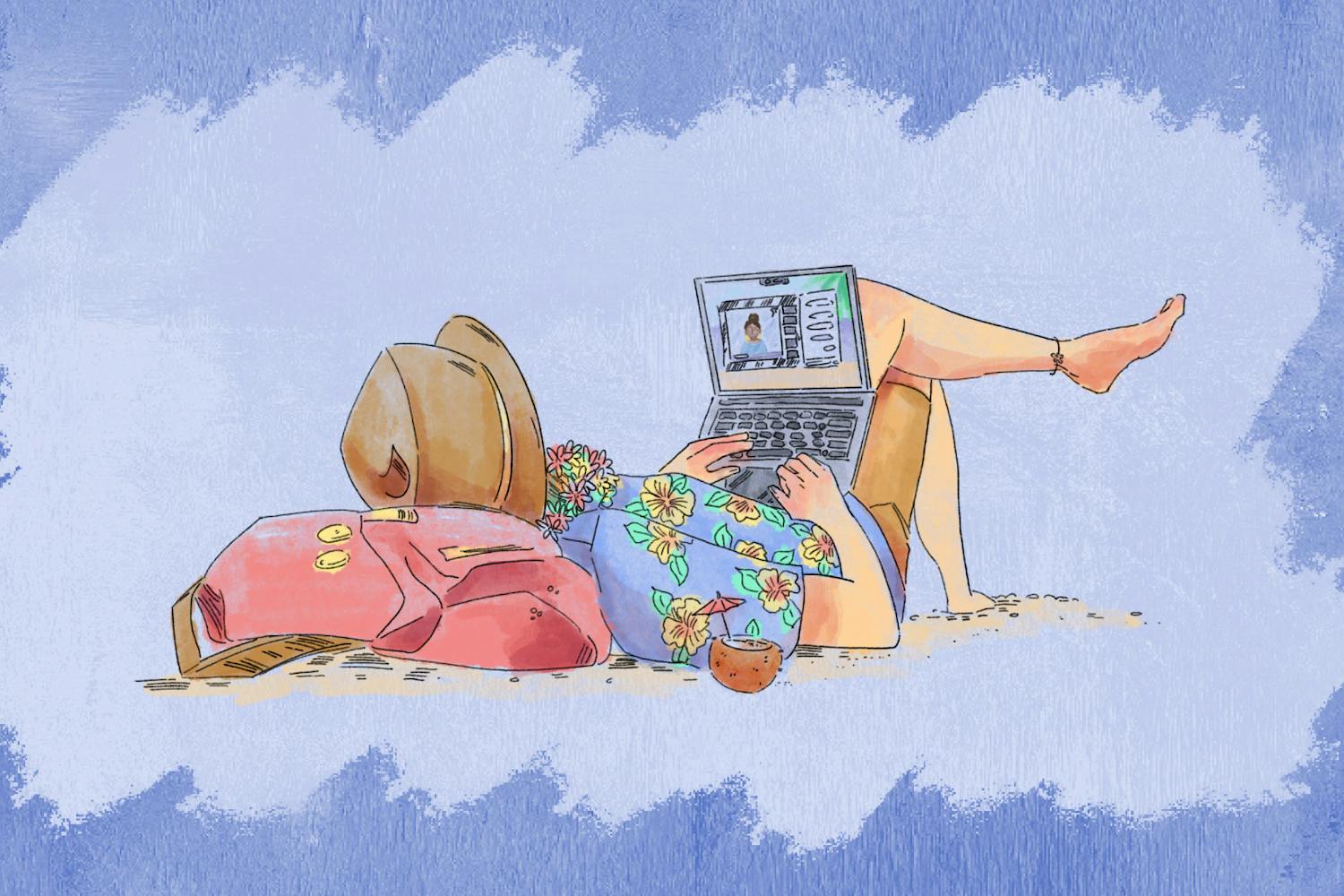
The GPS tells a visitor to turn right at North 7th Street; go 6.6 miles; slight left at East Mineral Road; 0.2 miles later, arrive at 800 E. Mineral Rd.
Reality tells a different, less formulaic story. Follow West Baseline Road until North 7th Street. Past strip malls and housing developments and a lush golf course, arrive at a roundabout. Enter the roundabout; exit on the only unpaved road. There will be a sign, no bigger than a sheet of paper, on a lone metal pole to direct you with a red arrow.
Follow the dirt path, barely two cars wide, past industrial buildings to arrive at the dirt field equivalent of a parking road. Look through your windshield. In your sight is Phoenix’s Mystery Castle.
Walking up, I would describe it as “a mixture of what you expect the Alphabet City of New York to be – and just rocks. Everywhere.”
Named a Phoenix Point of Pride by the Phoenix Pride Commission, the Mystery Castle did not start out as a proper noun. Instead, its construction began as result of a tuberculosis diagnosis … in Seattle, Washington.
As described by Reta Dunham, a tour guide of “30 years worth,” Boyce Luther Gulley came to Phoenix after being diagnosed with tuberculosis in 1930 and did some research at the public library. He discovered Phoenix forgot to file on two 20-acre parcels and claimed the land.
He built the fireplace and the first room around it.
“You might notice [the fireplace] is the hub of a wheel and you’re walking around the spokes,” Reta describes. “The portrait [above the fireplace] of Mary Lou was painted by a protégé of Georgia O’Keeffe.”
This room is open and rather large, drawing inspiration from utility as well as culture, and it is the only room with a slanted roof.
“[All other roofs] were supposed to be a patio for the next level,” Reta recounts, gesturing out the window to the rooms across the patio. “Ironically, he tried to build a third level above her bedroom, but it just became all too heavy.”
In the corner, there is a painting and photograph of Gulley because “his daughter didn’t know what he looked like.” As Reta recounts the story of the King and his Princess, visitors are reminded that Mary Lou [Gulley] was just a “two and a half or three years old” when Gulley began building her a castle.
Gulley, who had two years of architectural engineering school behind him, wanted each pillar to serve as a piece of furniture. He didn’t like wasted space, Reta recounts to visitors as she opens what initially looks like a painting. Pulling it toward her, a small cubby system emerges. What could have stored anything small in Gulley’s prime now stores a stapler, sticky notes and other office supplies.
When diagnosed with tuberculosis, Gulley was told he had six months to live. He lived another 15 years, completing 18 rooms, 13 fireplaces over 8,000 square feet. Gulley died of cancer in 1945 at the age of 62. Leaving this property to Mary Lou Gulley, his daughter, she lived at the Mystery Castle for 65 years with tours starting in 1948.
Walking out of the first room of the Castle, a patio opens up the little piece of desert Gulley claimed for himself. Moving up two stairs adorned with stones and color, you arrive at the cook-out area.
“It was built at a time when you could go to the Phoenix Brickyard and get all these bricks for free. They were throw-aways and kiln rejects, considered ugly, worthless and useless,” Reta describes. “Now they’re just called architectural accents. Now, they’re beautiful, desirable and expensive.
“When you look through this archway, folks, it focuses on downtown Phoenix. What you do see is the high-rises in the downtown area, but Boyce Gulley framed was the whole city of Phoenix – downtown, residential, outlying districts and all.”
As Taylor Place and the rest of the downtown Phoenix campus is not the easiest to pick out amongst the high-rises, one can turn around to meet the ultimate little princess’ dream: a playhouse.

Adjoined to the playhouse is a free-floating staircase, and it was one of Mary Lou’s favorite architectural pieces of the Castle.
“In fact, Jan. 26, 1948, it was LIFE’s as well. They took her picture seated there, and wrote the article ‘LIFE visits a Mystery Castle,’” Reta tells an enraptured crowd of tourists. “That’s how the Castle got its name. It wasn’t long after the article that people came knocking on their door, and since it was usually during lunch and supper, they put a sign on their gate: We charge for tours.
“She used to take people up [the floating staircase] to see a little room her father called the dollhouse; she on the other hand called it the mother-in-law room. We won’t discuss why she called it that, but I will say, it is a very small room,” Reta says about Mary Lou’s frank outlook on life.
While Gulley’s intentions for his daughter’s castle were honorable, by the time Mary Lou arrived, she didn’t need a dollhouse or a playroom. The smallest rooms in the Castle became the caretaker’s quarters.
“This is the only part of the Castle the builder chose to use wood flooring. The room in the back is called the Levi Room,” Reta describes, holding the anxious tourists at the cook-out patio. “You’ll understand why when you get inside.”
As visitors mull around the few rooms, a makeshift gift shop appears. However, there is no cashier and no supplier. Reta makes most of the merchandise they sell.
“Just drop your money in the basket,” Reta explains.
It’s that simplicity that carries onto the mission of the Mystery Castle. Mary Lou passed away in November 2010, and she made it abundantly clear that “she didn’t want family members or a government agency to have control of the Castle.” This has led those tour guides, the only real staff, to take an outlook of “hopefully” for this mission. The goal is to be self-perpetuating; the same goal that Gulley started building his castle with.
What we call sustainability today, Gulley was already actively pursuing. Going into a yet another room, this one two levels, Gulley’s frugality and appreciation for what is around becomes apparent.
“He used just about everything you could find. If you look up [at the rafters], these are old telegraph poles and this is train tracks running down the middle, here. He even recycled the car he drove down here from Seattle,” tour guide Juan Carlos says as he points out the numerous features of this room. “If you look at the round windows, you can see the rims and even the headlights of his old car, 1929 Stutz Bearcat.” The windshield can be found if you play a game of “I Spy” in the kitchen.
Apache baskets, valued at near priceless, can be found in the loft as well as in the first room near Gulley’s book collection. Most are over 100 years old.
“Over there, you’ll find two of the 13 fireplaces; 13 because he was the thirteenth child in his family. [These two] are back to back with separate flues,” Juan Carlos gestures to the rising stack.
In the same room where a bed is on tracks so it’s easier to hide away, a skeleton (no, not Gulley) can be found. Gulley felt so bad about tearing the Sbarro cactus skeleton down that he built the two-level room around it. Gulley utilized Sbarro skeletons to build two chairs, three stools and a table in the same room.
Leaving the room of skeletons and traveling the main path toward what one could only call the basement, you run into a sign that says, “He who does not like cats was a rat in his former life.” This love of cats is found all over the Castle.
“Boyce even liked cats; he had as many as 17 at a time. They were allowed to run free here. Mary Lou loved her cats too, that’s why it was kept in the bedroom,” Reta proudly proclaims of her late employer.
“The real cat watching over the castle continuously is right up there,” Reta says as she gestures over the patio to South Mountain. “Right there, at the top of South Mountain. Lion Head Rock — it’s kind of hard to miss a rock that big.”
Arriving at the next section of the house, the chapel, like most of the house, is constructed of bricks of sorts. The fireplace is set lower than the rest of the room – like a reading pit in kindergarten. The mantel and surrounding areas is covered with flowers and candles. Outlining the seating area of the fireplace is two white snakes decoratively added into the floor. About one foot separates the two heads. This is where the couple gets married. But there’s a catch.
“In the chapel, if the bride leaves one shoe, then forever will the groom be true,” reads a note left on a shelf, surrounded by red and white pumps. Juan Carlos jokes some brides even left two shoes.
Walk through one room and you arrive at The Dugout, the Castle’s bar. In the back, there is the “Bunk for the Drunks,” Gulley’s version of designated driver. It’s a large bed, built for patrons that were too inebriated to leave the property. Can you spot the eccentricities in one room? Decorations donated by John Wayne, “The Dugout” punched into useless shovels as candleholders and skylights made of glass blocks to name a few.
The greatest irony of the Mystery Castle? The room that separates the chapel and the bar is called, can you guess?
Purgatory.
And Purgatory is well accommodating.
“Mr. Gulley liked having guest over so he had a tall bench for his taller guests and he built a shorter bench to accommodate his shorter ones,” Juan Carlos described. “He did try to think of everything throughout the build.”
Purgatory also contains the actual mystery part of the castle. When Gulley died, his wife and daughter were told they must live at the property for two years before, first, opening a hatch with unknown contents and, second, selling the property.
“They did decide to stay, and it was 1948 when Mary Lou and her mother opened the door,” Juan Carlos narrates. “LIFE magazine was actually here the day they opened it. “When they opened the door, they found some pictures of the builder, the deed to the castle and two $500 bills, a bunch of gold nuggets and a Valentine’s letter Mary Lou had written to her father when she was just a little girl.”
If you go… Mystery Castle 800 E. Mineral Road, Phoenix, 85040 Adults, $5; Kids ages 5-12, $3, cash only Open to public Thursdays through Sundays, October-May, 11 a.m. to 4 p.m. 602-268-1581
Reach the reporter at caitlin.cruz@asu.edu




